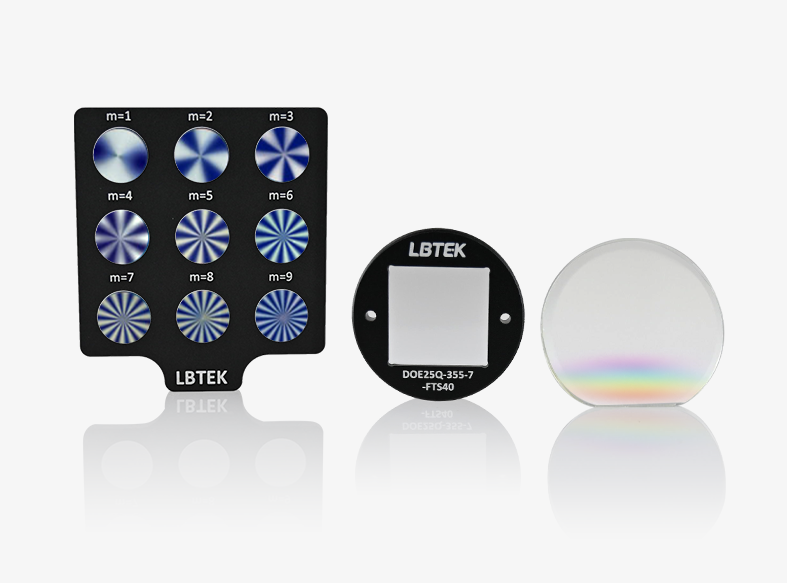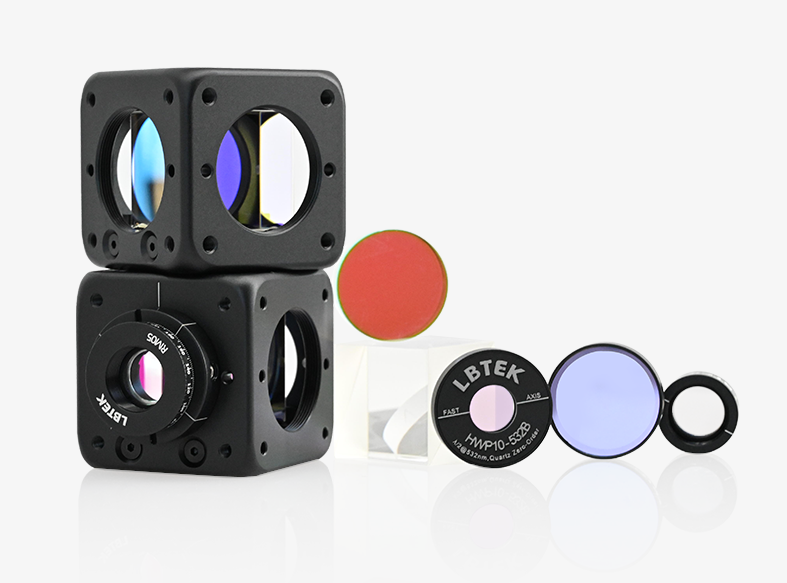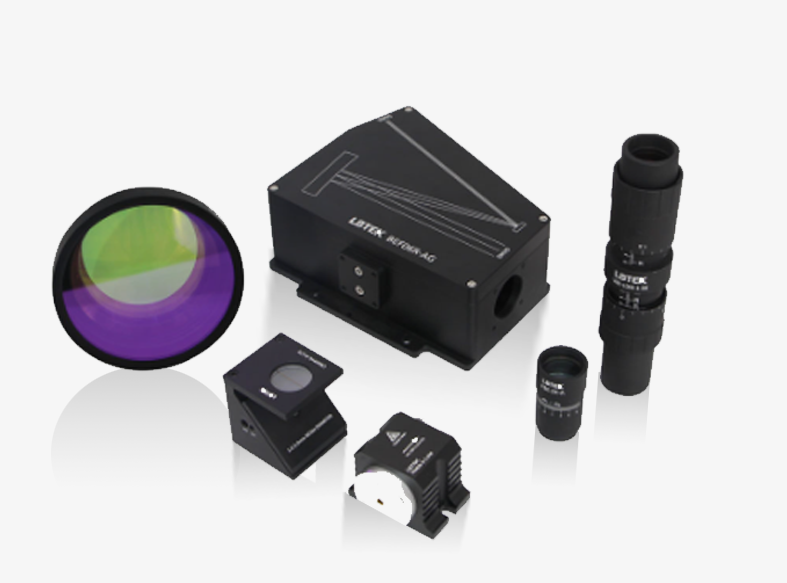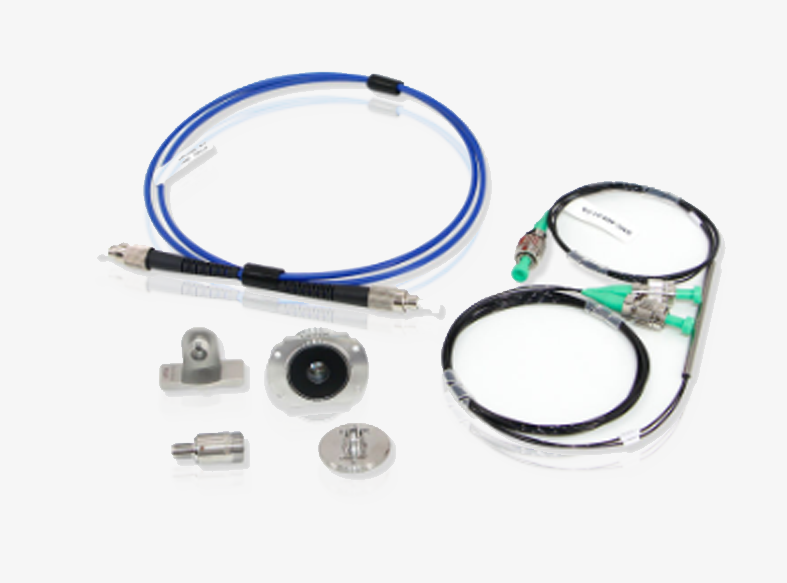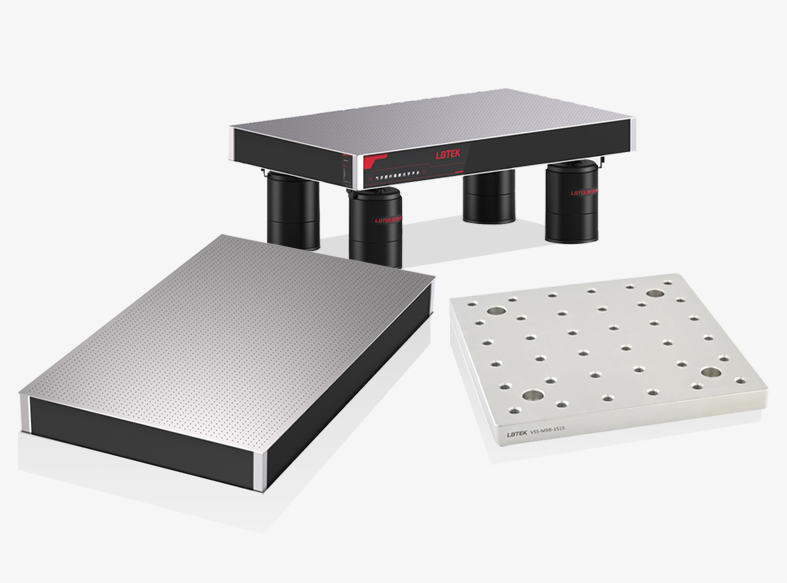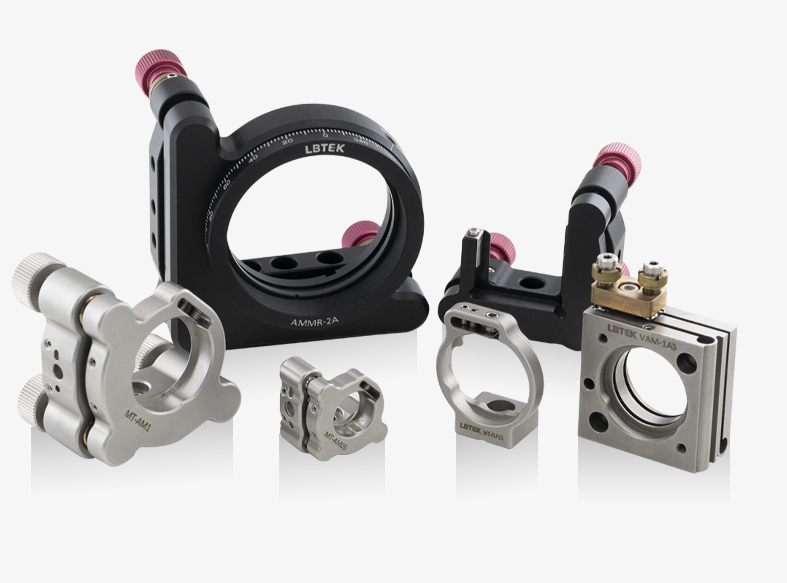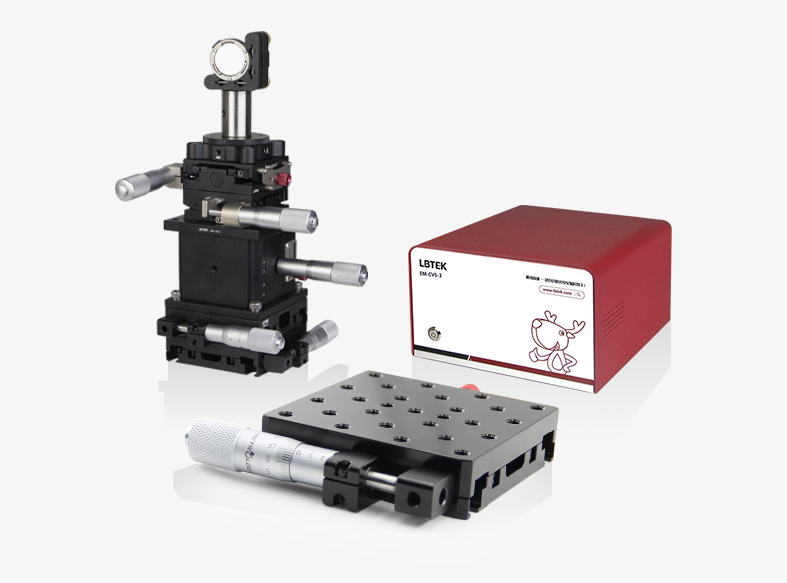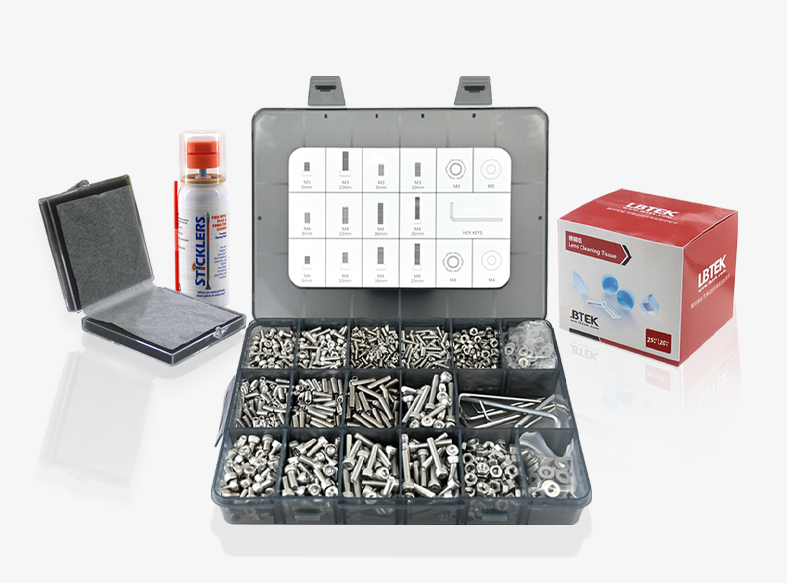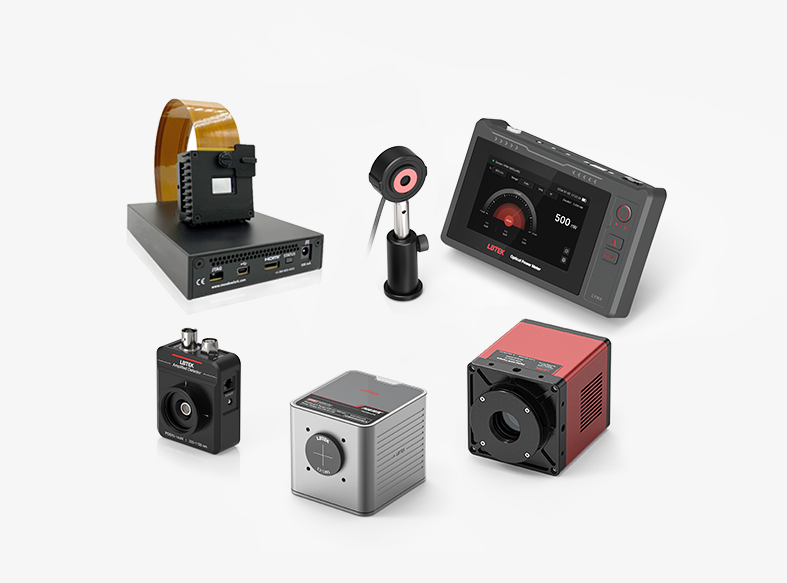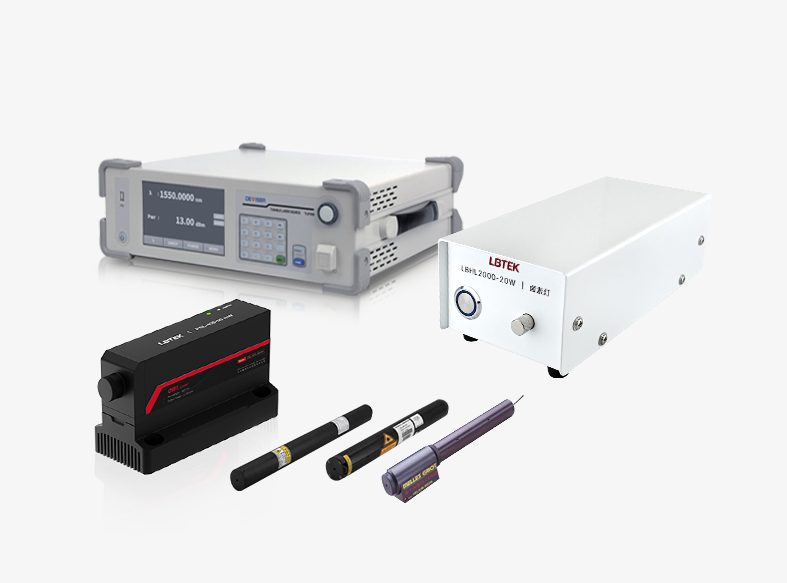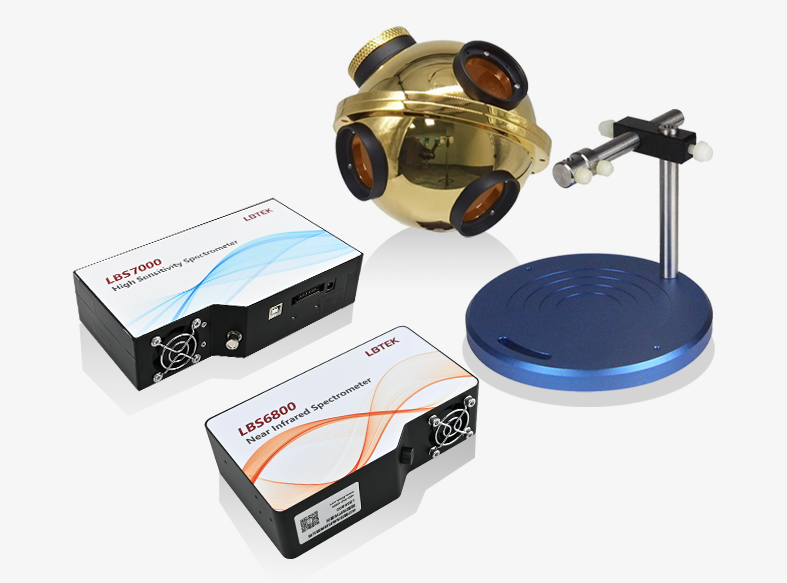Specifications
Component
Tutorial
Feedback
Product Description
- Product Name: Vortex Beam Interference System
- Purpose: Observing vortex beam interference phenomena
- Observing interference between vortex beams and plane waves
- Observing interference between vortex beams and spherical waves
- Structure: Mach-Zehnder interferometer configuration
- One optical arm contains the vortex beam module
- The other optical arm contains the plane wave or spherical wave module
A vortex beam is a special type of light beam carrying a helical phase, with its phase expression containing the term exp(ilθ). After completing one full circle around the vortex field, the phase changes by 2πl, and the average orbital angular momentum of each photon in the beam is lℏ. The topological charge l can be an integer or a fraction, positive or negative. At the phase center, regardless of the topological charge value, there is always a dark core known as the phase singularity. Here, the light intensity is zero, making vortex beams a type of hollow beam.
The unique properties of vortex beams have attracted the attention of researchers across various fields. For example, vortex optical tweezers, which utilize the characteristics of vortex beams, can trap and manipulate particle rotation (see LBTEK's Vortex Beam Optical Tweezers System). The arbitrary nature of the topological charge allows the orbital angular momentum of vortex beams to be used for high-dimensional information encoding. LBTEK provides a user-friendly vortex beam interference system, enabling easy observation of interference phenomena between vortex beams with different topological charges and plane or spherical waves. The diagram below shows the optical path of the vortex beam interference system:
1) Adjusting the relative orientation of the two polarizers' transmission axes can control the laser intensity and set the laser polarization to linear, improving interference contrast.
2) Two beam splitter cubes and two mirrors form a Mach-Zehnder interferometer, with one arm carrying the vortex beam and the other arm carrying a plane or spherical wave.
3) In one arm, a quarter-wave plate converts linearly polarized light into circularly polarized light, which then passes through a vortex waveplate to generate the vortex beam.
4) In the other arm, a lens can be used to convert the laser's plane wave into a spherical wave.
5) The relative position of the lens and CCD affects the observation results.
6) Both the polarizer and quarter-wave plate are mounted in rotation adjustment mounts.
7) A displacement adjustment mount ensures the beam is incident at the center of the vortex waveplate.
8) The mechanical mounts for the laser and mirrors allow adjustment of pitch and tilt.
LBTEK's Vortex Beam Interference System comes standard with a vortex waveplate of topological charge 1. For generating vortex beams with other topological charges or for more system details, please contact LBTEK Technical Support.
Attribute
Breadboard and handle30cm x 60cm breadboard with dual handles
Vortex Beam Interference Systems
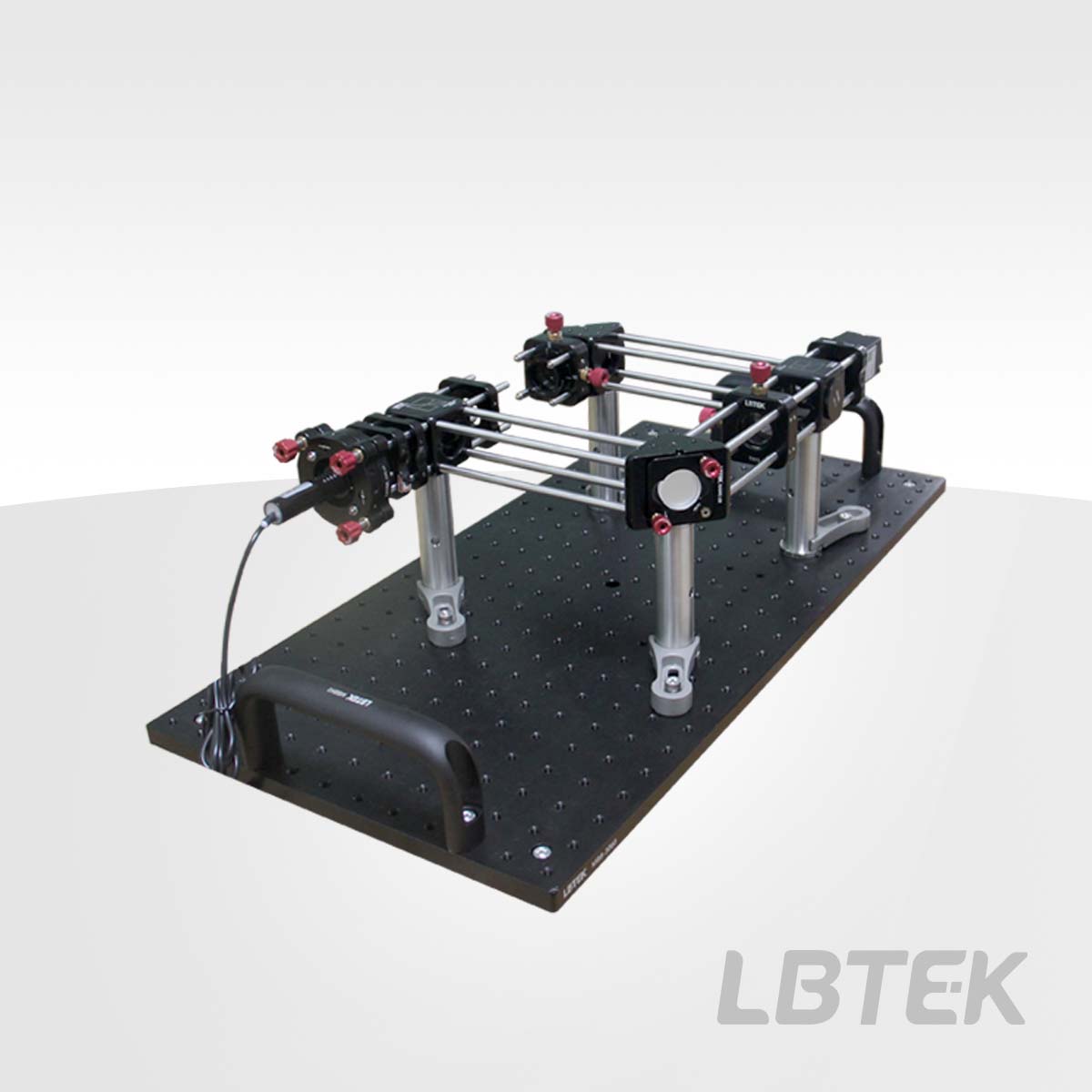
- Laser wavelength: 520nm
- Mounted on a 30 X 60 cm breadboard
- Mach-Zehnder interferometer structure
- Spherical wave + vortex light interference
- Plane wave + vortex light interference
- Adjustable laser intensity
- Adjustable laser polarization
- Monochrome CMOS camera
The LBTEK Vortex Beam Interference System is shipped as component parts, including a breadboard assembly, light source module, interferometer module, vortex light conversion module, CMOS camera module, optical path adjustment tools, and a detailed product manual. Users can install and use the system themselves by following the system installation steps provided in our product manual.
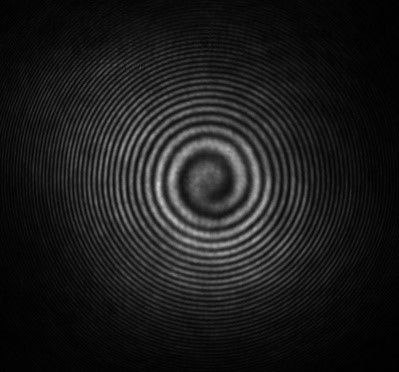
Experimental Results Display
Product Model | Description | Unit Price | Compare | Lead Time | ||
|---|---|---|---|---|---|---|
| MZVI-520 | Realizing interference between vortex beams and spherical/plane waves (installation costs calculated separately) | $4042.52 | 4 weeks |
